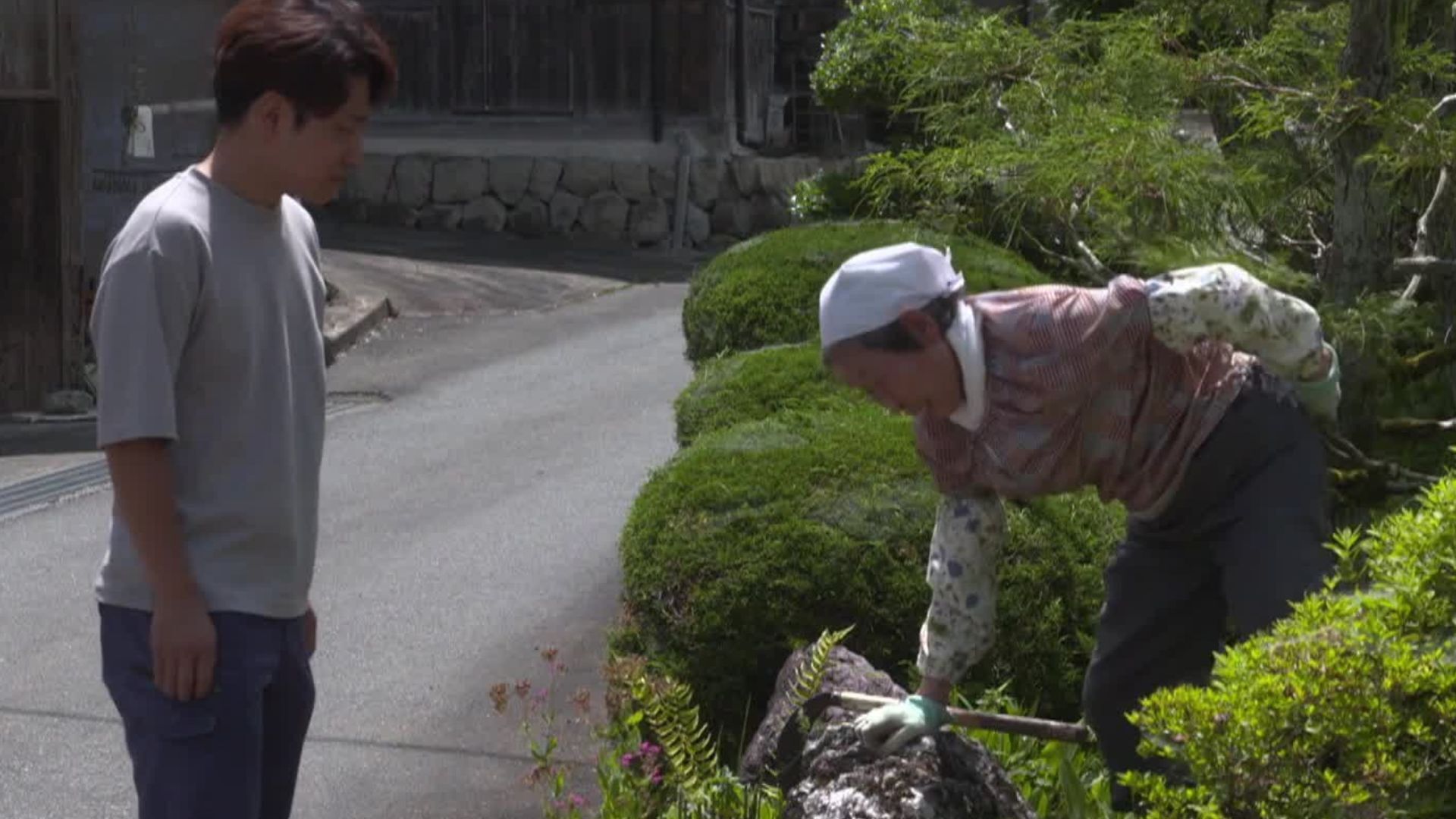Nanmoku, Japan: A Village on the Brink of Disappearing
A Comprehensive Exploration
Nanmoku, a once-thriving village in the mountainous interior of Japan’s Honshu island, now faces a bleak future as it grapples with a rapidly declining population and an aging community.
A Historic Legacy and a Vanishing Present
The Kaneta family, representing the third and fourth generations of bakers in Nanmoku, has witnessed the village’s transformation. Once a bustling community, it now stands deserted, with boarded-up buildings and abandoned houses lining the streets.
Masayuki Kaneta, 85, reflects on the village’s past with sadness: “There used to be about 40 shops within 150 meters of here. Now, there are only two confectionary shops, a restaurant, and a taxi service.”
The Akiya Crisis and a Looming Disappearance
Nanmoku’s decline is part of a larger trend in Japan, where an estimated 9 million “akiya” (uninhabited houses) stand empty. The rapidly aging population and the migration of young people to cities have left many rural communities on the brink of extinction.
Nanmoku, with 67% of its population aged over 65, has been identified as one of 20 communities in Gunma Prefecture that could disappear by 2050.
A Glimmer of Hope in Kanna
In nearby Kanna, a dinosaur fossil discovery has revitalized the town, transforming it into a tourist attraction with an interactive visitor center and life-sized dinosaur skeletons.
The center’s manager, Yuuya Mogi, explains: “When it’s busy, we have over 1,000 visitors a day. Many families visit and explore our town’s camping ground and beautiful river for recreational activities.”
Efforts to Revive Nanmoku
In Nanmoku, a few new buildings have emerged, offering subsidized rents to attract new residents. Yuuta Sato, a young arrival, has brought his family and launched community projects to support the elderly residents.
His organization provides a meal delivery service and operates a community center offering assistance with mobility issues. Sato remains optimistic but acknowledges the challenges.
“I don’t think we can revive the village or breathe new life into it,” he says. “But we can aim to bring a new breeze, at least.”
A Fatalistic Acceptance?
As Nanmoku’s decline continues, a sense of fatalism has permeated the community. Sato admits: “This village is known as the most likely to disappear, but we must consider whether disappearing is inherently bad. To create something new, sometimes a reset might be necessary.”
For the Kaneta family, their work at the bakery provides a sense of continuity amidst the village’s transformation. Shigeyuki, Masayuki’s son, expresses his hope for a brighter future.
“I hope it becomes a lively place again, where people come and go. More houses lit up at night. I would like to see that.”
Conclusion: A Village at a Crossroads
Nanmoku stands as a poignant example of the challenges facing rural communities in Japan. With its aging population, diminishing economy, and disappearing infrastructure, the village seems destined for extinction.
Yet, amidst the decline, a glimmer of hope remains. Efforts to revitalize the community, like the one led by Sato, demonstrate the determination of those who refuse to let their village vanish into oblivion.
Whether Nanmoku can survive and forge a new path remains to be seen. But for now, the village stands as a reminder of the importance of community, resilience, and the human spirit’s ability to persevere even in the face of adversity.
